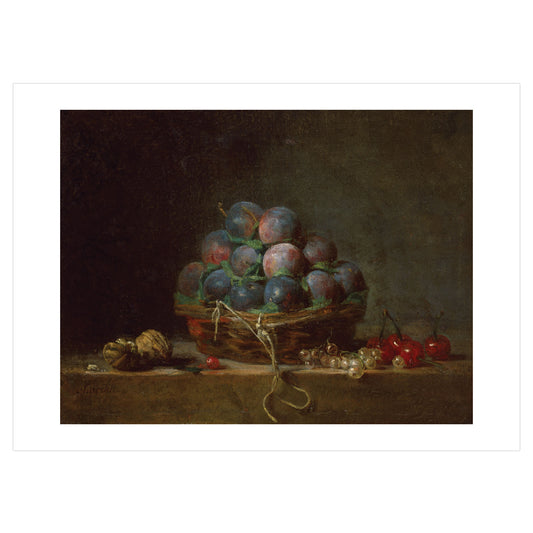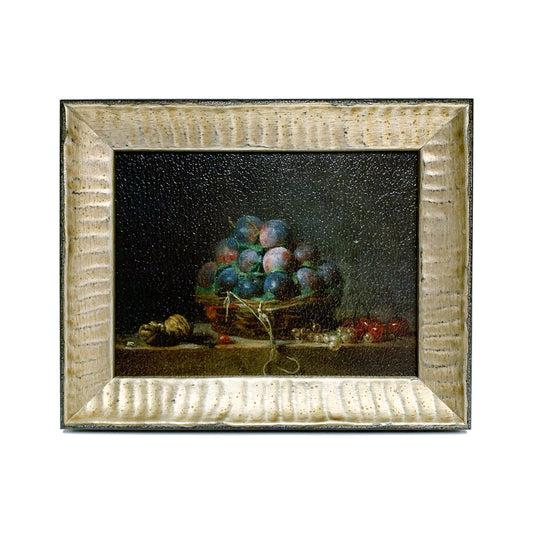
About the Artist
Jean Siméon Chardin
In the art academies of eighteenth-century Europe, painters of historical and religious themes were valued far more highly than those who devoted themselves to the "minor subjects" of genre, landscape, and still life. Yet, the most inspired interpreters of the minor subjects could achieve considerable fame in their lifetimes and genuine immortality in the annals of art history. One such genius was Chardin, who was among the most revered painters of still life and genre in mid-eighteenth-century Paris. Championed particularly by the influential philosopher and art critic Denis Diderot (d. 1784), Chardin enjoyed both official and popular success. He was an honored member of the Académie Royale and a regular exhibitor at the Paris Salon, and his paintings were avidly collected by a newly affluent French middle class.
In his later still lifes, Chardin abandoned his earlier interest in the meticulous delineation of texture and detail and concentrated on more profound visual elements. Color and volume, half-light and highlight, the broad compositional interplay of solid and void—these became the underlying concerns of his mature still lifes.
-
Postcard: "Basket of Plums" by Jean-Baptiste-Siméon Chardin
Regular price $1.25 USDRegular priceUnit price / per -
Blank Notecard: Chardin's "Basket of Plums"
Regular price $3.99 USDRegular priceUnit price / per -
Small Framed Print, Basket of Plums by Jean-Baptiste-Siméon Chardin
Regular price $39.95 USDRegular priceUnit price / per




